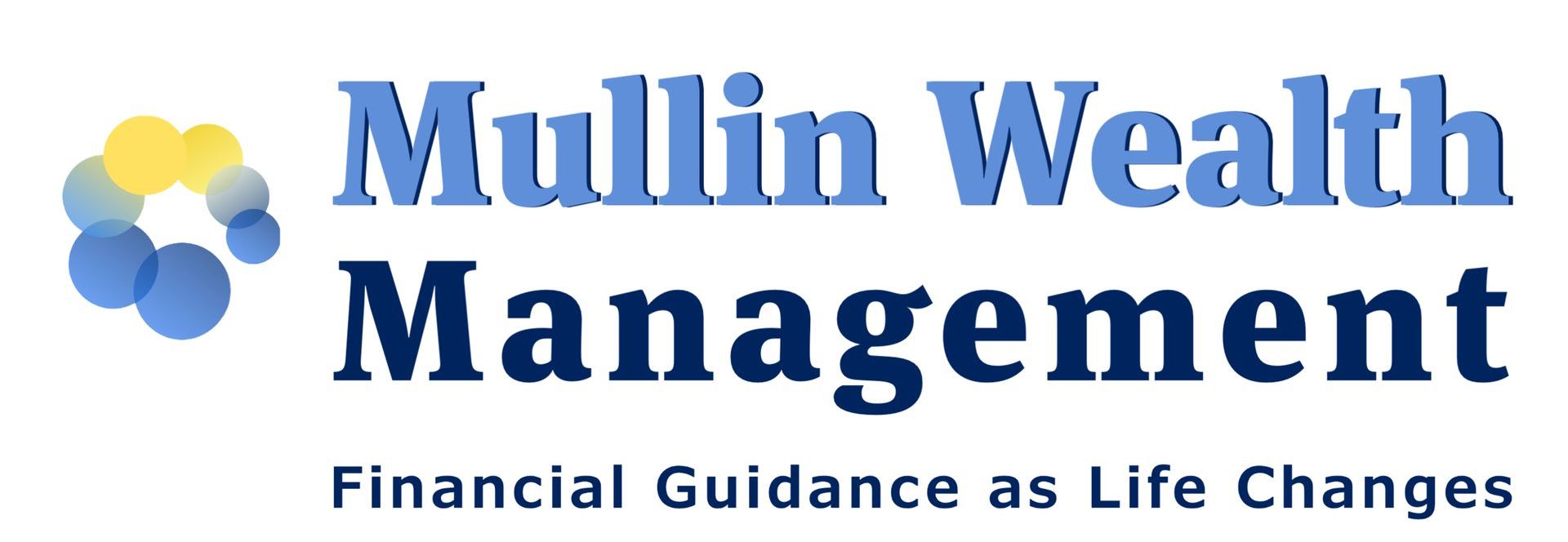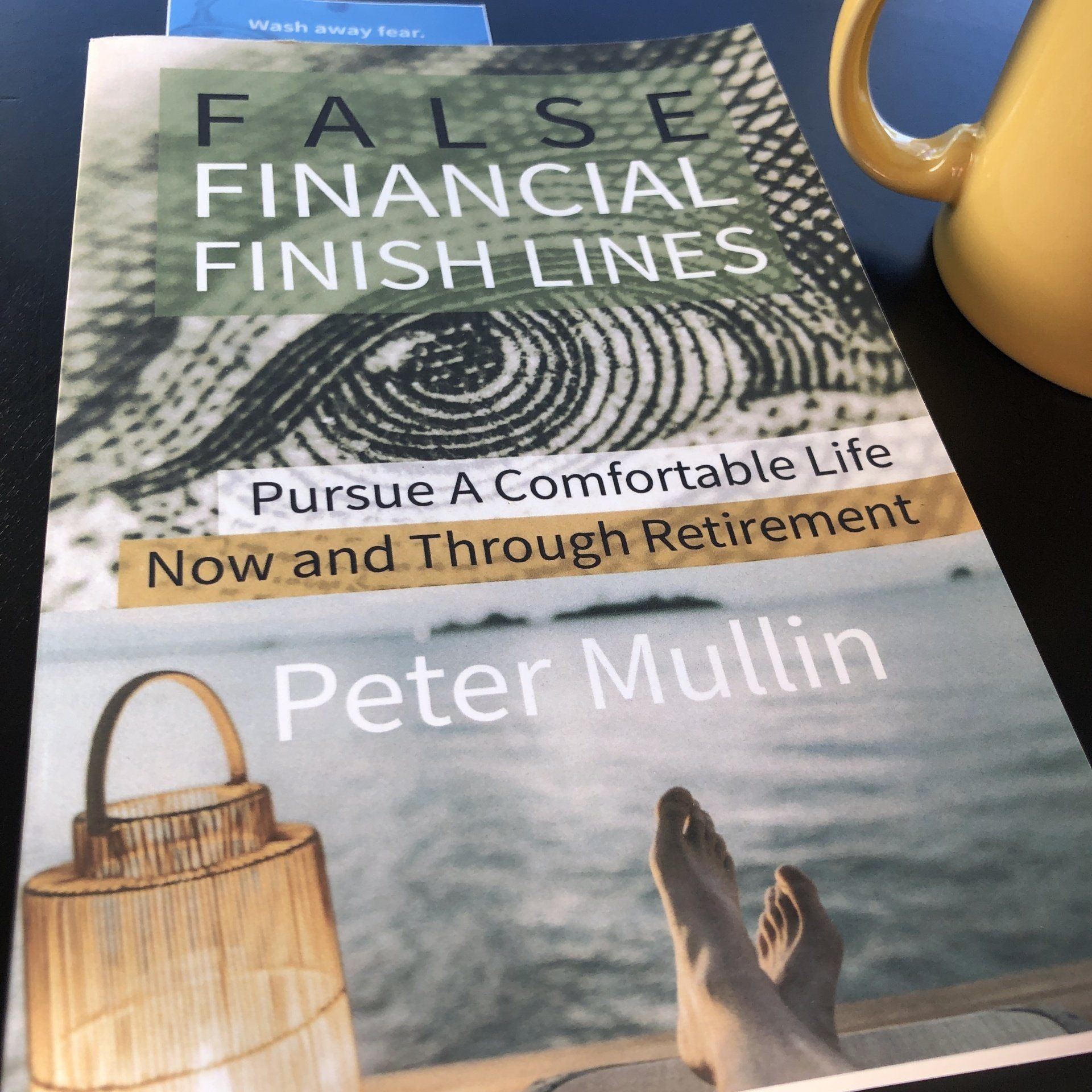Summer Family Finance Savvy Series:
Blunder #6 Investing at high tide

- There is this sage mantra: Buy low, Sell high
- At this moment (July 2019), it’s reasonable to assume that your 401(k) is higher than you’ve ever seen it.
- If your portfolio and the S&P 500 are at higher values, then it is normal to expect them to go lower (correct) before going higher. (See my article here.)
So what if you continue to save toward the family retirement accounts, but make a few extra loan or credit card payments?
- So do this: Decrease your 401(k) contribution to the minimum, so that you still get your employer match (“free money,” as many call it.)
- Be smart and apply that additional money toward extra loan payments instead.
- Remember, check back if/when your 401(k) balance is lower due to a normal correction.
This is very much strategic: Be careful to use math and logic. My crystal ball is very foggy when it comes to where your portfolio will be in 6 months or a year.
- Focus more on your debts. Because most debts are at fixed interest rates. It is certain that you are paying 5-6% on student loans, for example. And the only way your loan balance goes down faster is with your extra payments.
- Here is my math: I have to assume that the upside or even your average expectations for your investments is somewhere around 5-6%, too.
- Of course, you can follow this approach without any regard for the value of your portfolio value. Because we believe that the average results of compounding overtime will reward you! (Watch this quick and cool video that can take the worry out of low and negative returns. (Video: Why Average Results Can Be Great!)
- Stocks don’t have a “sales price”; they have a daily, minute-by-minute valuation. And assuming you’re receiving reasonable guidance with your investments, then even quality investments go up ... and down ... in price. That’s a fact.
- I tell clients that I can’t predict where the stock train goes from here, but when selecting choice investments, I prefer to and do recommend buying quality investments that I know with 100% are lower in price than they were, say, 90/180/etc days ago.
- Disclaimer: There’s a lot to consider with investing including the overall environment. That’s where guidance and research becomes valuable.
- But buying quality investments at low(er) prices is one sound principle of investing.
- Important: No, I’m not talking about putting your life savings into that stock of company that is going ... going ... gone. Or buying “that” individual stock because you can “buy a lot of shares at $5 a share...” I don’t recommend running into a burning barn.
- I’d rather own a bit of a diamond than a sack of rhinestones.
- Mullin's take on the "4% Retirement Rule"
- Navigate "Bad Portfolio Weather"
- Tips to Optimize Social Security







Articles and Assets
What are your Priorities?
Well it’s the end of the year. I just searched on Google for “market outlook 2018.” I came up with a little over 58-million “results.”
So should you be investing in stocks in 2018? The quick answer: It’s likely a prudent part of your portfolio. But it depends on your circumstances, right?
It’s apparently popular to throw your hat in the ring.
A mantra that you hear among disciplined professionals is to “stay the course.”
Then you hear “sell high, buy low.”
Who’s right?
The relief of a disciplined strategy is that it can be tailored to you. And tailor we think you should.
Yes, it’s possible that an investor may not utilize stocks in their portfolio at all. Or you may decide to go “all in” with a diversified stock portfolio.
(Side effects from tailoring a strategy may include increased confidence & persistence, apathy toward daily market reports, and increased focus on what really matters.)
Let’s begin with the “Why” of investing for you. Then you can request 15-minutes on the phone discuss your “how.”
So “Why Should You Invest”
Life changes and our “why” of investing ought to transform with life. Some invest for sport – they like the risk/reward of investing – they’re in it for the thrill. I don’t hang with this crowd.
Most of us ought to invest for things we want. Our money & our goals are serious. By investing in a diversified portfolio we can pursue things we want.
1. Living A Comfortable Retirement: Retirement is a noun. It’s up to you to really design and live a retirement that reflects you.
2. Purchasing a Home: Home is a place to live. It can take a down payment.
3. Passing an Inheritance on to Family:
4. Student Loan Shield: This idea is important for many Millennial graduates. Student loans can dominate your budget. But instead of accelerating those payments, what if you paid your required payments, and then invested the additional money that you were going to pay against your loan balance?
5. Emergency Reserves: You probably have read that it’s prudent to keep a relative healthy amount of cash in your checking/savings. Once you’ve achieved that, then you can consider investing additional funds. Go a step further and consider a non-retirement account for you and your house. You can spend this on cars, vacations or use it just as described in #4.
The Dow Jones has seen positive results, so far, in 2017. It’s unusual and sort of uncomfortable as the independent financial advisor. Why is it uncomfortable?
What would sting & linger longer? Finding $20 in the parking lot? Or finding a $20 parking fine on your windshield?
We’ve been finding a lot of metaphorical “$20’s” (i.e. “positive results”) in our portfolios this year. So the second we find a parking fine (or a few in a row) we’ll be sure to ask if stocks are still the right place to park our money.
Complacency can work against us, Dear Clients. Just keep recalling your long-haul strategy and your “why” of investing.
***
Peter Mullin is an independent financial advisor registered through LPL Financial. He lives in Rogers, MN with his family. He was born and raised in St. Cloud, MN. Mullin Wealth Management is located in Waite Park, MN.
The opinions voiced in this material are for general information only and are not intended to provide specific advice or recommendations for any individual.
Investing involves risk including loss of principal.
There is no guarantee that a diversified portfolio will enhance overall returns or outperform a non-diversified portfolio. Diversification does not protect against market risk.
All performance referenced is historical and is no guarantee of future results.
All indices are unmanaged and may not be invested into directly. No strategy assures success or protects against loss.







